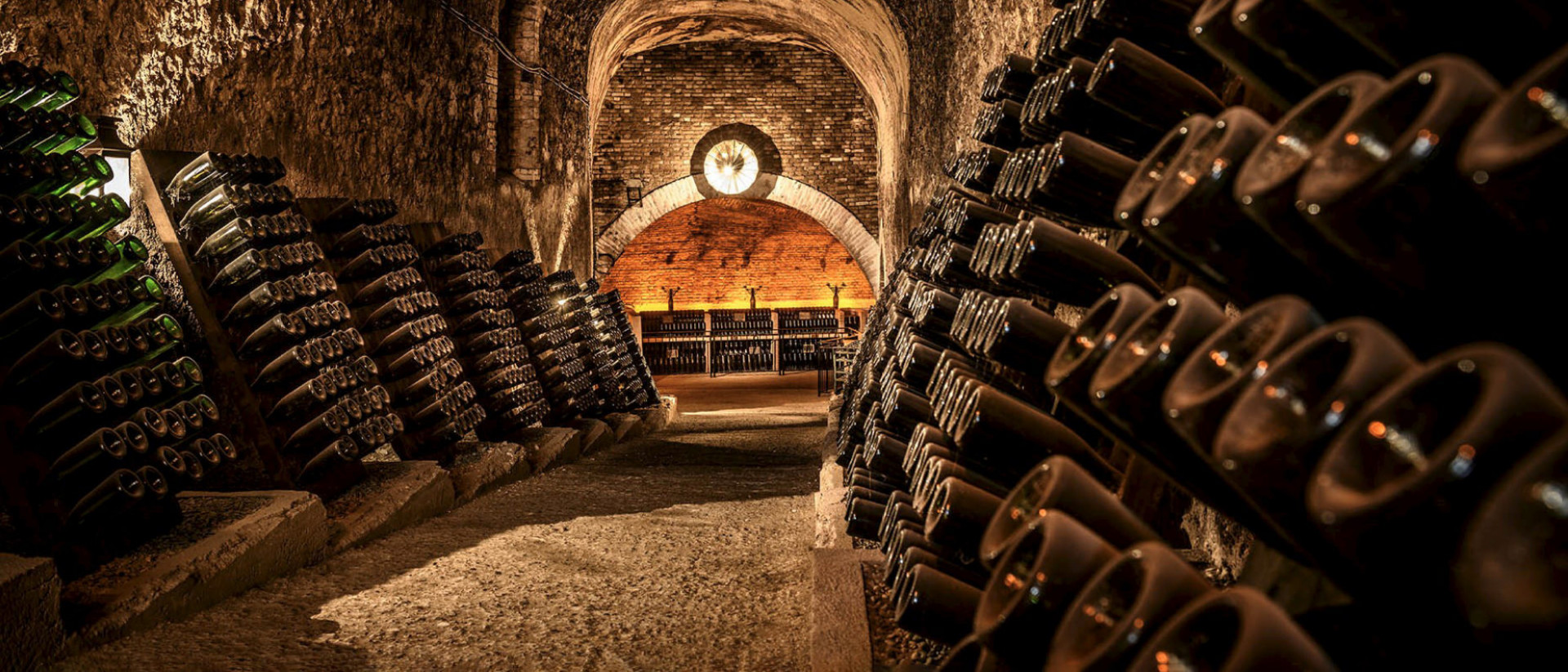Philipponnat

Producer profile
Listed Wines
Owner
Lanson BCC
President
Charles Philipponnat
Annual Production (Grand Vin)
20,000 cases
Classification
Grand Cru
Interesting Fact
Charles Philipponnat himself insists that the house’s famed Clos des Goisses should be drunk in a Bordeaux glass and not a flute, so as to allow the wine to open fully.

History
One of the last Champagne houses to be run by a member of its founding family, Philipponnat has been producing wine for over 500 years. In the 16th century the family’s ancestors were winegrowers and merchants, supplying the court of Louis XIV, important magistrates and Royal Mayors of Ay, a town directly dependent on the Crown since the era of the Counts of Champagne. While the corporate changes that have swept through Champagne in recent years have robbed many houses of their connection to the past, Philipponnat’s sale to the Boizel Chanoine Champagne Group in 1997 seems only to have pushed the estate closer to its roots.
Prior to Charles Philipponnat’s management takeover in 1999, the estate was run by his father Rene, who was chef de caves at Moet from 1949 to 1977, and responsible for the 1961 Dom Perignon, among other Champagne legends. In its former golden age, the house was perhaps best known for its towering Clos des Goisses, but Charles Philipponnat has striven to create an impressive portfolio of vintage and non-vintage wines worthy of equal praise, and now the house earns reverence for its entire range of expressive Champagnes, all produced through vision, skill and attention to detail. Champagne Philipponnat is one of the true gems among Champagne houses–not the least of which is the fact that it produces one of the region’s greatest Champagnes, the historic, oldest single-vineyard Clos des Goisses.
Annul production is around 58,000 cases divided amongst 13 diff erent cuvees including two vintage-dated wines, labelled Cuvee 1522 (in honour of the family’s origins in the area), three single plot cuvees, and the winery’s signature cuvee – Clos des Goisses.
Investment Overview
With the global demand for Champagne on the rise, the focus on the wines produced by Philipponnat has certainly sharpened. Their most famous cuvee, Clos de Goisses,has been increasing in value consistently for the past 3 years, and this is set to continue with their latest offering, the 2008, rated at 98 points by Galloni and available at a highly attractive discount to back vintages.
A low production Champagne relative to some of the other major houses, Clos de Goisses in particular is a Champagne that investors and collectors alike should be keeping a close eye on.
Wines Overview
Clos des Goisses
From its first vintage in 1935, Clos des Goisses has been the driving force behind the argument that great Champagne can be made from a single site, rather than a blend of vineyards. No other Champagne vineyard can match its unbroken 30-45 degree, south-facing slope, assuring balance and ripeness regardless of climate. A consistent critic pleaser, Champagne writer Peter Liem calls Clos de Goisses “arguably the greatest vineyard site in all of Champagne”.
Cuvee 1522
Commemorating the year that the Philipponnat family settled in the village of Ay, the 1522 and its rose counterpart are exceptional Champagnes always crafted from the house’s strongest Grand Crus. The 1522 offers body, minerality and notes of pepper and spices, while the rose boasts an intriguing character of spicy ripe fruit.
Grand Blanc
The Grand Blanc stands out as a unique cuvee among Philipponnat’s range of wines. Blended using wines from the finest chalk Chardonnay terroirs in the Champagne region, the Grand Blanc displays intense flavour, creamy texture and the finesse of a great Blanc de Blancs.
An investment like no other
We make investing in fine wine as effortless as drinking it - combining human expertise, data-driven tech and a love for fine wine.


